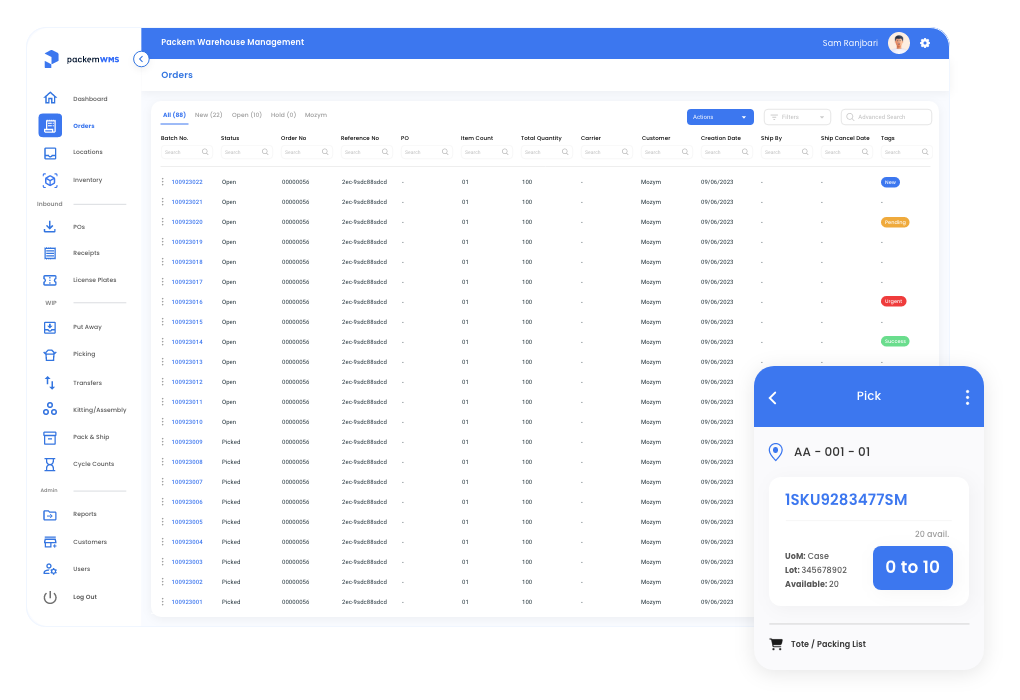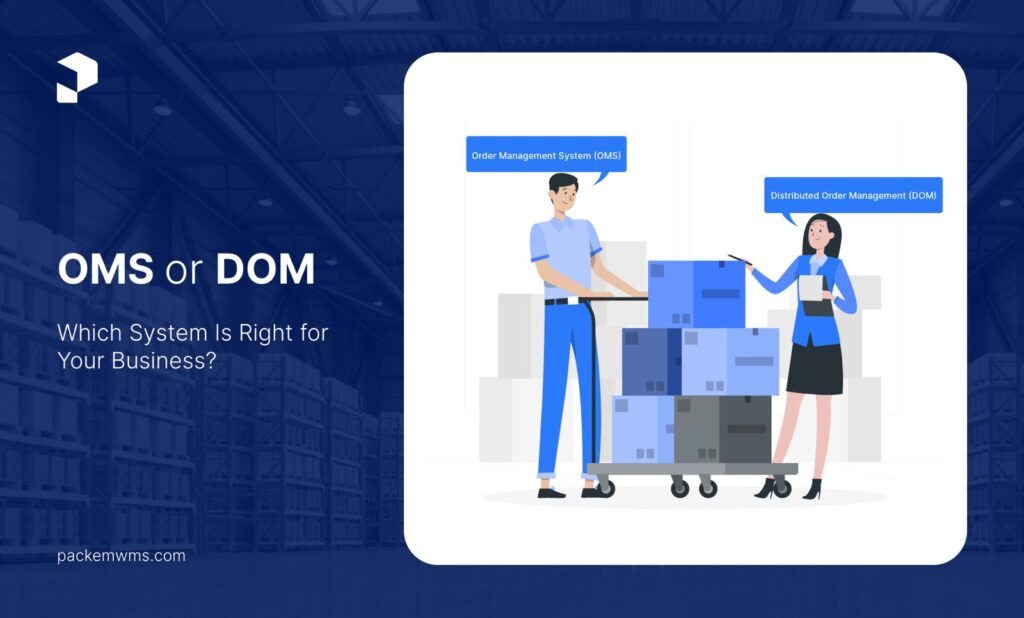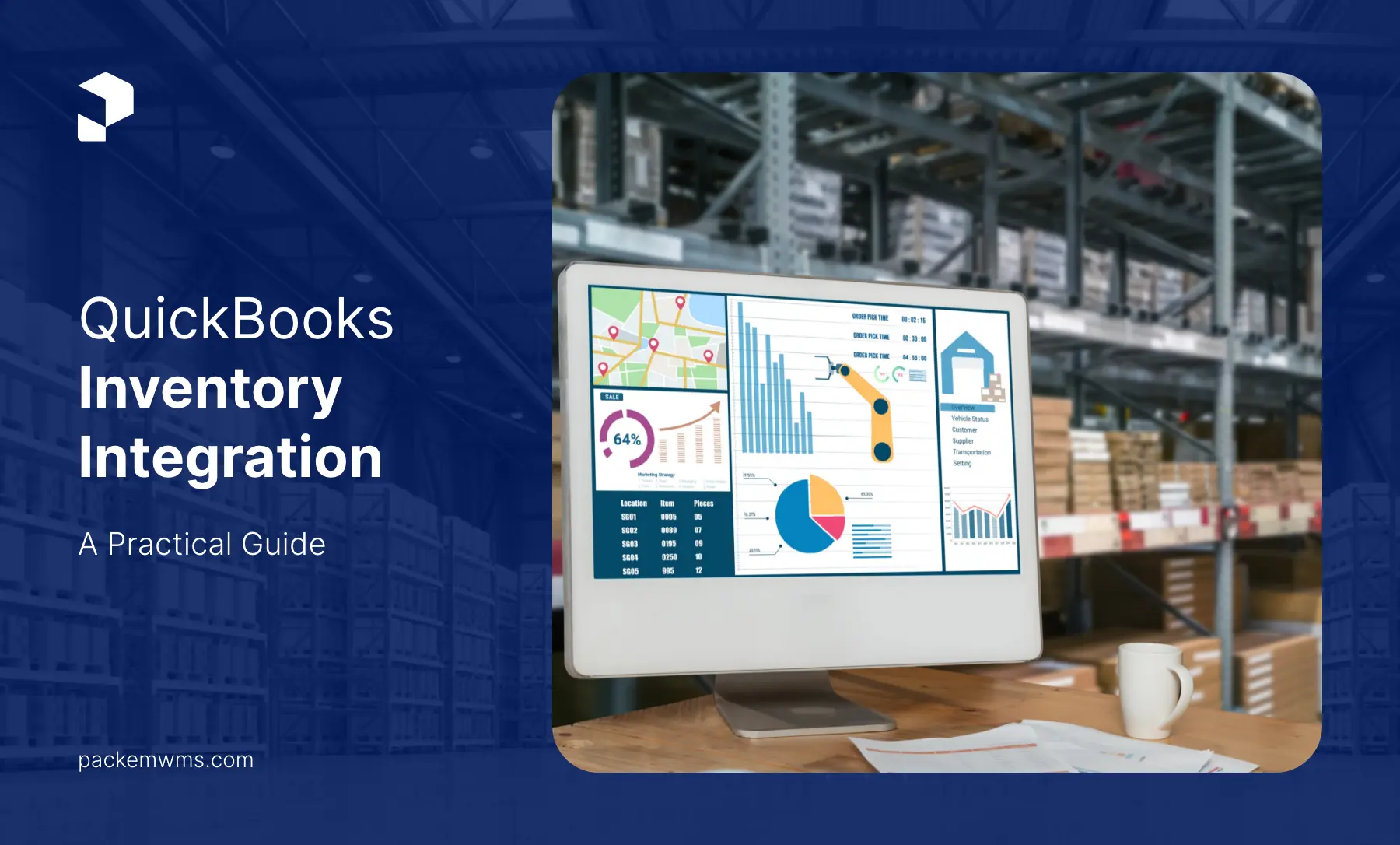In today’s fast-paced commercial environment, selecting the appropriate operational management system is essential for guaranteeing success and efficiency.
Time and again businesses found themselves at the intersection trying to determine which system among OMS (Order Management System) and DOM (Distributed Order Management) systems, best suits their requirements. To simplify choosing the best system for your business, this blog post contains a comprehensive comparison of OMS and DOM.
Understanding OMS and DOM
An Order Management System (OMS) is designed to maximise efficiency and efficacy in the operating order and attainment process. To help firms efficiently handle sales orders from development to delivery in one place, it offers a centralised platform for managing inventory, orders, and customer data.
Distribution Order Management (DOM), on the other hand, focuses on overseeing all aspects of order fulfillment, including logistics, warehouse operations and inventory management. It plays a critical role in maintaining optimal inventory levels and guaranteeing accurate and timely order fulfillment.

Comparison between OMS and DOM
| Order Management System (OMS) | Distributed Order Management (DOM) |
| Order Processing | Order Fulfillment |
| Order Entry | Ideal Sourcing Logic |
| Managing Line Item | Network-wide Inventory Visibility |
| Inventory Allocation | Supplier Integration |
| Pricing | Process Automation |
| Customer Relationship Management | Warehouse Management |
| Credit Card Processing | Drop Shipping Automation |
Functionality and Capabilities of OMS and DOM
Considering the features and capabilities of the operation management systems when comparing OMS and DOM is important for a better understanding.
While the main concerns of OMS are order processing, tracking, and customer relationship management, DOM focuses on warehouse management, shipping logistics, and inventory control.
To determine the system that best suits their requirements, businesses must analyse their unique operational requirements and processes.
The size and complexity of the company, the volume of orders, inventory management requirements, and the system’s ability to integrate with the current network are the few factors to be considered when choosing between OMS and DOM.
Case Study of Businesses
To get valuable insights into real-world uses and advantages of each system, case study of businesses that have successfully implemented OMS or DOM is essential.
Earlier, a survey conducted by PricewaterhouseCoopers (PwC) revealed the frequent challenges encountered by shoppers.
24% of those buyers expressed displeasure due to out-of-stock products or longer than promised delivery times. Apart from this, Digital Commerce 360 discovered that buyers, who shop online, want guaranteed delivery timeframes (39%) and speedy shipping (61%). These two factors affect the conversion rate.
To get the right products to the right customers and at the right time, business leaders are turning to operation management systems like OMS and DOM.
Experience the simplest inventory management software.
Are you ready to transform how your business does inventory?
To decide whether OMS or DOM is the right fit for your business, it is essential to evaluate your company’s requirements. In this decision-making process, many factors play a significant role, including order volume, inventory turnover, order processing timeframes, and customer expectations.
Follow these guidelines for selecting the appropriate system:
- Conducting a detailed analysis of your current operations.
- The identification of pain areas.
- Establishing specific goals for the new system’s implementation.
For reaping the full benefits of OMS or DOM, selecting the appropriate system is only the first step. Successful implementation and integration are equally crucial. Seeking expert advice, and utilising the knowledge of service providers are recommended for implementation and integration to ensure a smooth transition.
Conclusion
As it can significantly impact your business operations, the decision between OMS and DOM is critical. With the evaluation of your particular requirements and taking into account each system’s capabilities and functioning, you may make an informed decision. Considering your long-term strategy and business objectives, the choice should be made between OMS and DOM as both systems offer distinctive benefits.
In the ever-changing business world, choosing the appropriate operational management system is a wise investment to help your business achieve greater success.
Consulting with industry professionals and seeking expert advice can provide invaluable perspective and direction in making this choice. Ultimately, the system that boosts customer satisfaction, enhances operational effectiveness, and fosters sustainable growth is appropriate for your business.




